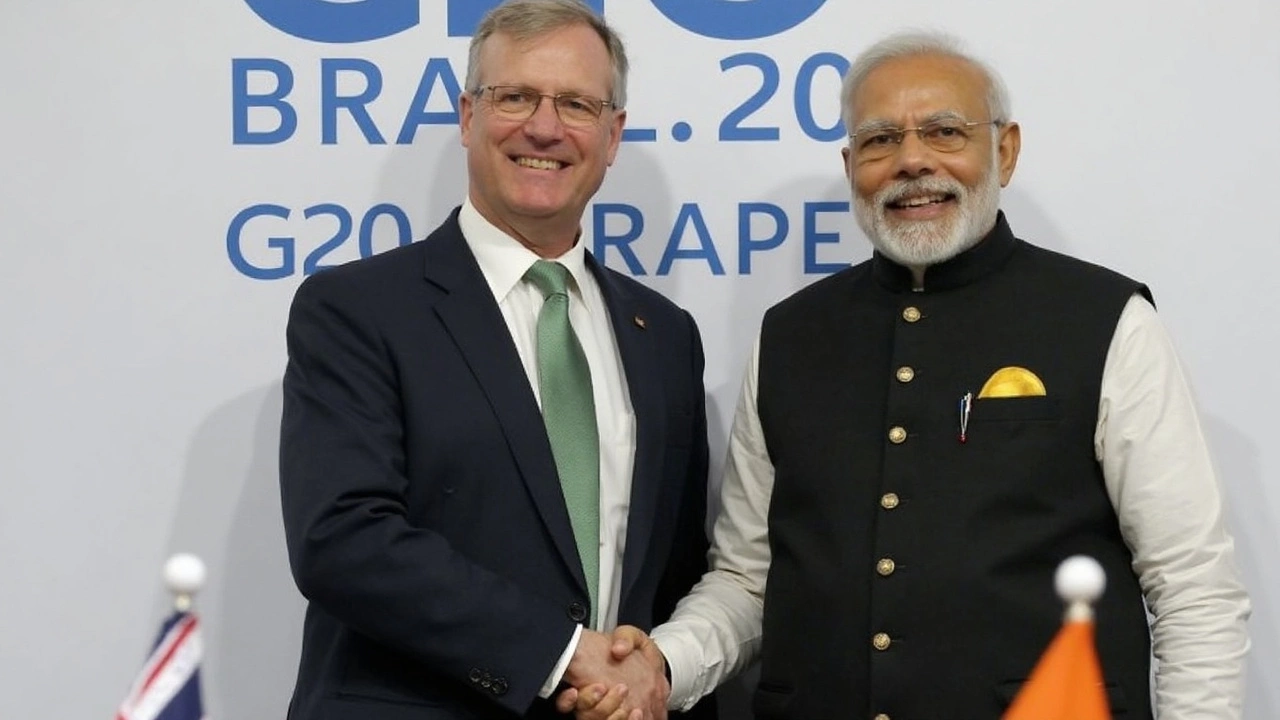UK and India Strike Landmark £5 Billion Trade Deal
Here’s something that feels almost rare these days: two countries actually shaking hands on a big international trade deal. The UK-India trade deal, worth £5 billion, isn’t just a few tweaks—it’s possibly one of the biggest trade shifts post-Brexit for Britain. Announced on 6 May 2025 after three years of twisting, turning negotiations, it’s more than just a piece of paperwork. It could seriously change the way goods, services, and even people move between these two giants.
A quick glance at the headlines doesn’t really do it justice. This agreement axes Indian tariffs on 90% of all product lines brought in from the UK, with around 85% going totally tariff-free within the next decade. So, if you’re driving a British car, wearing UK-made shoes, or sipping on imported whisky, you might just save some cash soon. On the flip side, the UK is removing all tariffs on textiles—think clothes, shoes, and fabric—imported from India, potentially cutting prices in British shops. And we’re not just talking about a minor boost here. Government numbers project bilateral trade could jump by £25.5 billion a year.
What’s Really Changing? Visas, Cars, and Cloth
There’s more to this deal than just money. Anyone in business knows how nightmarish customs and paperwork can be. The new set-up agrees to make customs clearance much faster and smoother, with better “rules of origin”—so businesses spend more time selling and less time proving where things came from. And here’s a big one: the agreement is opening doors for British professionals to work more easily in India, and vice versa, by relaxing some visa rules. That’s a big win for anyone in legal services, tech, or business consulting looking to tap into the booming Indian market.
On procurement, UK service companies can now bid for more contracts in India, unlocking fresh revenue streams that would have taken years to crack open otherwise. For British exports like whisky—where steep tariffs have been a headache for years—this means much lower barriers. India’s huge, growing middle class has a taste for imported spirits and luxury products, so British companies are licking their lips.
The math is compelling. The UK government’s own forecasts suggest the deal will add £4.8 billion a year to the UK economy by 2040, with another £2.2 billion in extra wages. That’s not just a stat on a slide—it means more jobs, a fatter pay packet for workers, and busy factories from Sunderland to Manchester.
The political story in the background is just as interesting. Prime Minister Keir Starmer praised the deal as a much-needed jolt for growth, especially as Britain’s attempts to strike a big deal with the US have stalled. Indian Prime Minister Narendra Modi called it another milestone in India’s strategic partnership with the UK—words that carry weight, with both countries keen to flex their global muscles as economic powerhouses.
With UK relations with the EU still in recovery mode after Brexit, cracking a deal with India is more than symbolic. It’s a shot in the arm for London’s ambitions as a post-EU trading nation and signals New Delhi’s readiness to deepen partnerships with Western allies beyond the old Commonwealth ties.
